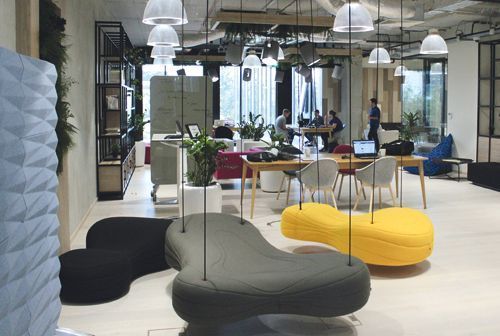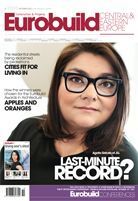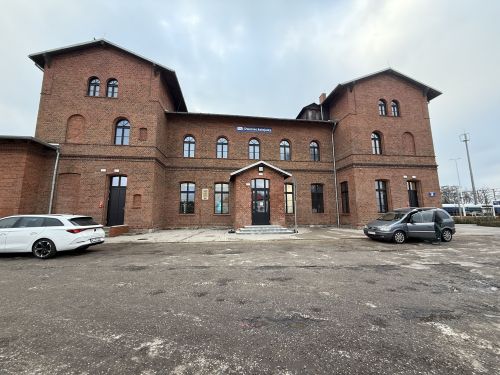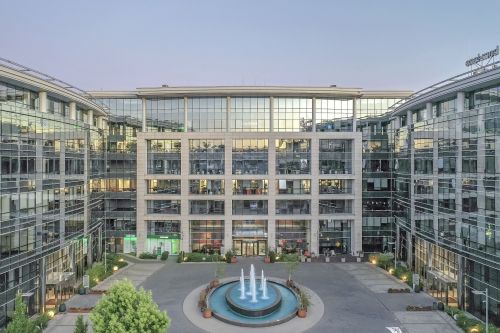Office design quite often depends on the budget and not on the trends. Nevertheless, as many office design studios claim, there exist more and less popular trends. “The general trend is to change the working culture, so soft seatings, bar stools and all kinds of high tables are becoming popular. Companies are still into the idea of shared desking, and different types of work places are being created,” says Danuta Barańska, the creative director in Tétris. According to Zbigniew Kostrzewa, who heads the In Design studio, at the moment there are two clear trends. “The first of which I wouldn’t call an interior design trend, but rather the art of set designing or the art of decoration, which can be seen in those offices created after the opening of Google’s headquarters. They are supposed to be cool, but don’t actually improve the working conditions. The second trend is about timeless form, which is what real interior design is about,” expl































































